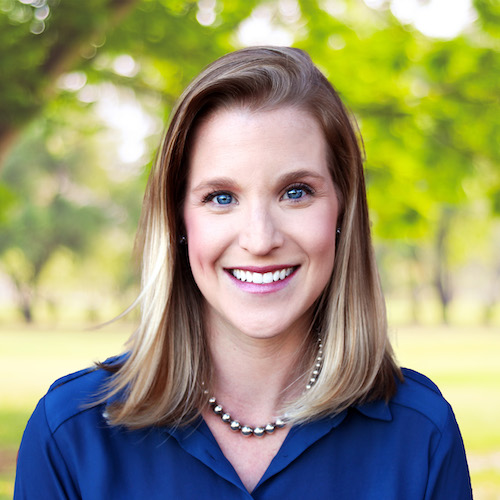As the nonprofit world continues to move out of the pandemic recovery stage to the “new normal” and economic uncertainty, we find ourselves in changing times in every area of fundraising. Grant makers are no different. Many are re-evaluating their own models of giving and looking to change the way they invest in communities. Some are even going so far as to forgo formal line-item budgets in applications and traditional written applications all together and are asking nonprofit partners to solicit requests through a variety of channels including virtual presentations, videos and Q&A sessions.
Development professionals know that during times of change and transition, it is more important than ever to stay focused on best practices. In the foundation world we know these to be:
- Get to know the funder and their giving priorities
- Understand the application process
- Make a strong case and clearly identify outcomes
- Be a good steward
While we keep best practices at the forefront of our work, it doesn't mean there’s not room for creativity within each practice.
Don’t get lost in the questions. Be clear on what it is you are requesting.
For example, copying and pasting mission, values, vision, purpose, and goals from a strategic plan is not what funders are looking for. Yes, it’s important to share these key areas with them, but they want to know who your organization is in an authentic way. While most applications are still formal written ones, grant applicants should view these as they would a face-to face solicitation meeting with a major donor. Share with them:
- What inspiring things are happening?
- What’s new?
- Where is the greatest impact?
- What are the greatest challenges?
Really get to know a funder, and not just by reading their website.
Have a conversation with the foundation director. Face-to-face meetings and phone conversations will always garner more meaningful information and deeper connections.
Don’t apply for every grant opportunity that comes your way.
Savvy grantors see right through organizations that are chasing dollars. Be strategic and judicious in the funding you seek. Ensure that your organization has done the homework before submitting a request. Get to know the funder first and give yourself time to cultivate the relationship to ensure it is a meaningful and informed request.
Programs don’t have to be evidence based in order to request funding for them.
Yes, evidence-based programs are easier to solicit grant funds for, but all programs start as an idea. If your organization needs funding to formally evaluate a new program, one that is community-informed, but not yet evidence based, ask for that. At the end of the day, foundation partners want to see their dollars at work in the community. Programs facilitate this and it is up to organizations to keep funders connected to new and evolving delivery models.
A formal grant does not have to be written by a professional grant writer.
While this is most often the ideal option, it is not always realistic. If you are not able to hire a professional grant writer, start with the staff people who are closest to the programs for which you are requesting. They may not be formal writers, but they carry with them the passion and knowledge for the work you are seeking to support. In this approach, that passion has a unique way of shining through with anecdotes and stories that grant writers otherwise don’t have easy access to.
Ask for what you need.
Nonprofits are experts in their own service areas and smart funders recognize this. More and more they are looking to nonprofits to inform them of need versus them telling nonprofits what they will fund. Do you need funding for personnel to retain qualified staff in order to provide quality programs and strong outcomes? Then ask for that. Ultimately, funders want to know what the greatest needs are. Keep in mind too, that most foundations do strategic planning as well, and much of their planning is informed by what they hear from applicants. Instead of asking for what you think is attractive, ask for what you really need.
At the end of the day, let best practices guide your work, but don’t be afraid to be creative in how these practices are achieved.
 This Month's Focus
This Month's Focus



